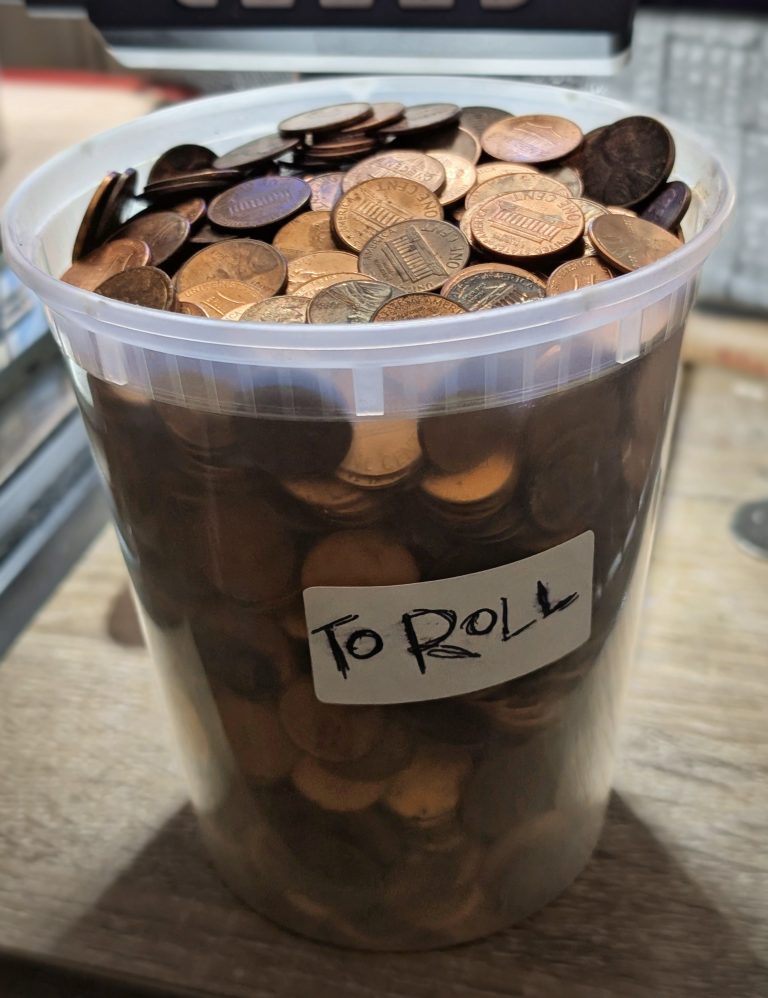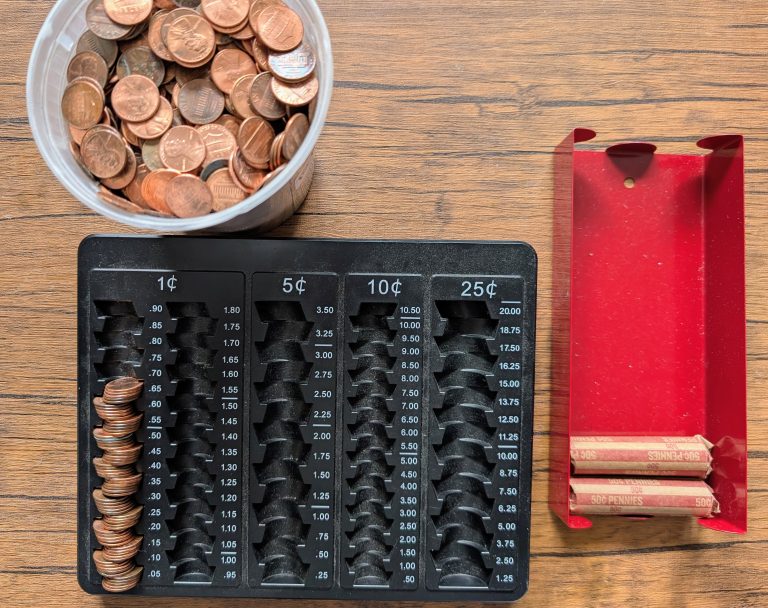What Does “BU” Mean in Coin Listings?
If you’ve spent any time browsing coin listings online, you’ve probably seen the letters “BU” tossed around like candy. It shows up in titles for Wheat cents, Jefferson nickels, silver dimes, you name it.
Depending on the seller, it might mean “almost Mint State” or just “this looks shiny and I don’t know what it is.”
So what does “BU” actually mean? Is it a real grade? A sales tactic? Just more coin slang?
This post breaks it down in plain English, so you can stop guessing and start spotting the difference between a truly uncirculated coin and a hyped-up listing.
What “BU” Stands For
“BU” stands for Brilliant Uncirculated. It’s not an official coin grade, but rather a general term used to describe coins that haven’t been circulated and still have their original mint luster.
A BU coin is supposed to be free from wear. It might have some small contact marks from the minting or packaging process, but it hasn’t been handled in a way that caused actual circulation damage. These coins should still flash under the light, with clean surfaces and sharp details.
It’s often used as a catch-all for coins that might grade anywhere from MS60 to MS65, depending on how strict the grader is. But there’s no standard for using “BU,” and sellers stretch it all the time.
How BU Gets Abused in Listings
“BU” gets used so often and so loosely in online coin listings that it’s lost most of its meaning. Sellers throw it around for anything that looks shiny, regardless of actual condition. You’ll see worn coins, cleaned coins, even polished coins labeled as “Brilliant Uncirculated” just because they have a little sparkle.
The problem is that BU isn’t an official grade. It’s not tied to a number or a standard. That makes it easy for sellers to misuse and hard for buyers to challenge. If you get a coin and it doesn’t look uncirculated, the seller can still argue it qualifies as BU because the term is so vague. That makes it difficult to win a return or “Item Not As Described” claim.
Some sellers know this and lean into it. They’ll add qualifiers like “BU+” or “Almost BU” to boost the price without committing to anything specific. These terms sound impressive but don’t actually mean anything.
That’s why it’s important to trust your eyes over the title. If the coin shows wear on the high points, dull surfaces, or obvious signs of cleaning, it’s not uncirculated, regardless of how the listing tries to dress it up.
See also: Red Flags For Buying Coins on eBay
How to Tell if a Coin Is Actually Uncirculated
If you want to know whether a coin is truly uncirculated, you need to look beyond the shine. A coin can be bright and still show signs of wear or damage. The key is checking the high points of the design, those are the first areas to lose detail once a coin enters circulation.
Look closely at the coin’s devices, especially the highest relief areas like cheekbones, hair curls, or feather tips. If those spots are smooth or flattened, the coin has seen some handling. You might also spot light rub marks that dull the luster in those areas.
Luster is another giveaway. Original mint luster moves in a cartwheel pattern across the surface when the coin is tilted under a light. If the surface looks dull or patchy, especially in the fields, it’s probably not uncirculated.
Also check for cleaning or polishing. A cleaned coin might have an unnatural shine or hairline scratches that break up the surface. If it looks too clean, it probably is.
Bottom line, BU means nothing unless you can back it up with your own eyes. Train yourself to read the coin, not the label.
Final Thoughts
“Brilliant Uncirculated” sounds impressive, but it’s one of the most misused terms in coin collecting. It promises more than it delivers, especially in online listings where photos are poor and return policies are strict. Because BU isn’t an official grade, sellers can use it to hype up coins without being held to any real standard.
If you’re serious about collecting or reselling, learn to grade coins yourself. Get familiar with what real Mint State looks like, practice spotting wear, and trust your own judgment over a vague title. The more coins you study in hand, the less likely you are to get burned by listings that lean on buzzwords instead of substance.
Geoff runs Genuine Cents, a straight talking coin education project built from hands-on experience and hundreds of hours examining coins. He is an ANA member and writes practical guides for new and returning collectors who want clarity instead of hype. If you want to reach him, message him on Instagram at @GenuineCents.


